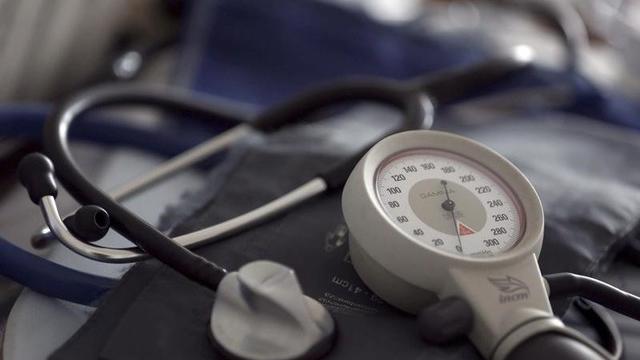Health spending in US is finally slowing: Here's why
America's health bill appears to be moderating, and market forces deserve the credit for this good news.
National health expenditures grew more slowly in 2017 than in 2016, according to a report from the Centers for Medicare and Medicaid Services.
The CMS statistics break down cost increases by category. Private health insurance spending grew just over 4 percent in 2017 to $1.2 trillion -- compared to growth of 6.2 percent in 2016. Increases in spending at hospitals and doctors' offices in 2017 were smaller, too.
There are a few reasons why health spending growth has slowed.
Health insurance tax paused
First, Congress suspended ObamaCare's Health Insurance Providers Fee in 2017. The tax was projected to extract some $13.9 billion from health insurers that year.
But that tax bill didn't come -- and premiums, deductibles and co-pays were lower in 2017 than they otherwise might have been. Last week, a bipartisan group of senators introduced legislation that would permanently repeal this tax, which experts say could increase premiums by hundreds of dollars per person.
Empowered consumers
Second, consumers have taken responsibility for more of their own health-care spending -- and thus are looking for ways to save money, just as they do in every other sector of the economy.
In 2017, more than 21 million Americans [PAGE 3] opted to combine a high-deductible plan, which offers cheaper premiums than more conventional low-deductible plans, with a tax-advantaged health savings account (HSA). That's up from 20.2 million Americans who had such plans in 2016. Since 2007, the number of people enrolled in high-deductible plans has nearly quintupled.
CLICK HERE TO GET THE FOX BUSINESS APP
People can deposit money tax-free into HSAs that they can later use to cover their deductible and other out-of-pocket expenses. And when people are responsible for paying their own medical bills, they're much smarter shoppers. They won't buy services they don't need, and they'll compare prices. That's the key to long-term cost-control.
Prescription drugs: The real story
CMS data also show that spending on retail prescription drugs only increased 0.4 percent in 2017. Federal officials cited a "continued shift to lower-cost generic drugs, declines in generic drug prices, and lower price increases for existing brand-name drugs" as among the reasons for the slow spending growth.
Indeed, generic drugs that entered the market between January 2017 and July 2018 saved consumers $26 billion. Yet prescription drugs continue to get an outsized amount of blame for the rising cost of health care.
Yes, it would be great to spend less on drugs. But it won't have much impact on overall health spending. Retail prescription drug spending was roughly $333 billion in 2017. Total health-care spending was $3.5 trillion. Even halving retail drug spending would shave just a few percentage points off our overall health bill.
Those apparent "savings" could come at significant long-term cost. Prescription drugs tend to lower overall health-care costs by allowing people to manage their conditions at home. That keeps them out of expensive acute care settings like hospitals.
The bottom line is, market forces are improving our health and saving money. Market forces should remain at the wheel, the government's done enough backseat driving.
Sally C. Pipes is President, CEO, and Thomas W. Smith Fellow in Health Care Policy at the Pacific Research Institute. Her latest book is The False Promise of Single-Payer Health Care (Encounter). Follow her on Twitter @sallypipes.
